Articles
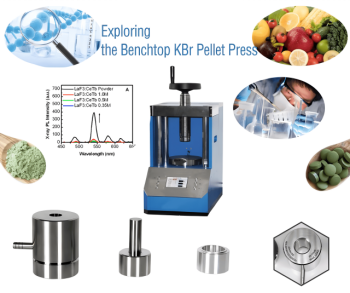
Exploring the Benchtop KBr Pellet Press: Features, Mechanism, and Applications
2 years agoThe benchtop KBr pellet press is a versatile and essential tool in a variety of laboratory settings. Whether you work in pharmaceuticals, biology, nutrition, or spectroscopy, this compact and user-friendly press will simplify your sample preparation process.
Learn More
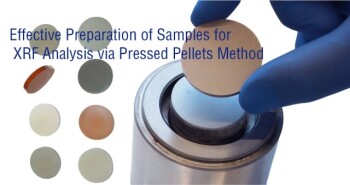
Effective Preparation of Samples for XRF Analysis via Pressed Pellets Method
2 years agoThe process of making pressed pellets for XRF analysis is a popular and widely used method. It offers several advantages over other sample preparation techniques. Pressed pellets have a higher signal-to-noise ratio compared to loose powder samples, allowing for the detection of even the lightest elements.
Learn More
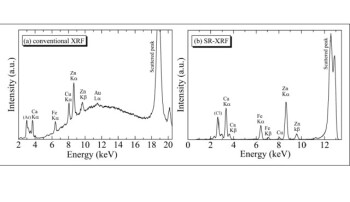
The Impact of Pressure on XRF Pellet Quality
2 years agoX-ray fluorescence (XRF) analysis is a non-destructive method used to determine the elemental composition of a sample. Sample preparation is a crucial step in XRF analysis and is essential for obtaining accurate results.
Learn More

Comprehensive Guide on Pellet Press Dies and Their Applications
2 years agoCircular Pellet Press Die Sets are essential tools used to create round pellets with precise diameters. These die sets are designed to accommodate pellets ranging from very thin to over 2 inches in length. The meticulous machining and use of high-quality materials make these die sets the best in the market.
Learn More
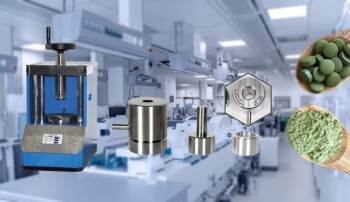
Lab Scale Mini Tablet Press: Applications, Processes, and Features
2 years agoLaboratory scale small tablet presses are versatile and essential tools for the pharmaceutical and related industries. It plays a vital role in producing simple yet precise tablets from powders, making it an integral part of research and development.
Learn More
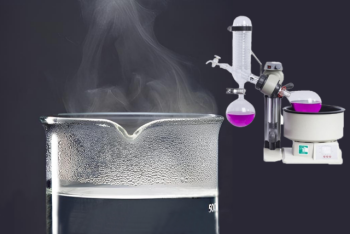
Expanding Possibilities with Rotavapor An Innovative Solution for Solvent Evaporation
2 years agoSolvent evaporation is an essential process in many industries, including pharmaceuticals, food and beverage, and chemical manufacturing, among others.
Learn More
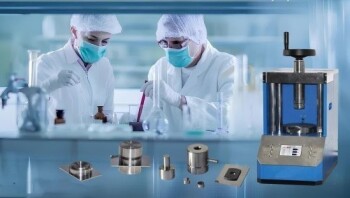
Understanding the Tablet Press Machine R&D Lab Model and its Features(2)
2 years agoThe Tablet Press Machine R&D Model, also known as a single punch tablet press, is designed for the development and small batch production of tablets. It is widely used in industries such as pharmacy, chemical, food, and metallurgy. This machine operates automatically, continuously filling, pressing, and ejecting tablets. Its key features include high precision filling, low noise, low material consumption, and smooth operation. It is particularly useful for research and development in laboratories, hospitals, and plants, catering to small-scale production needs.
Learn More
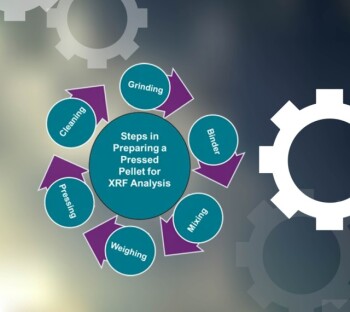
The Importance of Particle Size in Pressed Pellet Technique
2 years agoThe pressed pellet technique is a popular method used in sample preparation for X-ray fluorescence (XRF) analysis. It involves compressing a finely ground sample into a pellet under high pressure.
Learn More
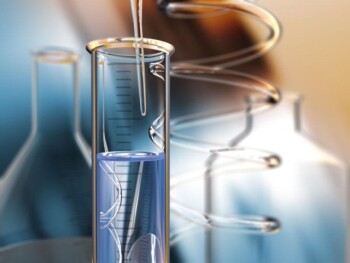
In-depth Analysis of Tablet Press Machine R&D Lab Model (1)
2 years agoThe Tablet Press Machine R&D Model, also known as a single punch tablet press, is designed for the development and small batch production of tablets. It is widely used in industries such as pharmacy, chemical, food, and metallurgy. This machine operates automatically, continuously filling, pressing, and ejecting tablets. Its key features include high precision filling, low noise, low material consumption, and smooth operation. It is particularly useful for research and development in laboratories, hospitals, and plants, catering to small-scale production needs.
Learn More
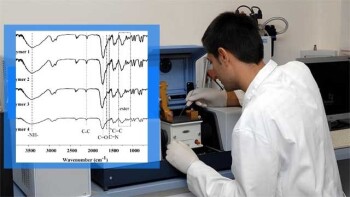
The Benchtop KBr Pellet Press: An Efficient Tool for Laboratory Use
2 years agoThe benchtop KBr pellet press is a versatile and efficient tool that produces uniform pellets, ensuring consistent and reliable results. In addition, its adjustable mold can be used flexibly to accommodate a variety of sample sizes and shapes.
Learn More
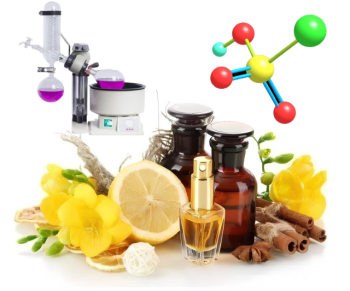
Enhancing Flavor Extraction Rotary Evaporators in Molecular Gastronomy
2 years agoMolecular gastronomy is a scientific discipline that studies the physical and chemical processes that occur during cooking. This field of study combines physics and chemistry with culinary arts to create new cooking techniques and innovative dishes.
Learn More
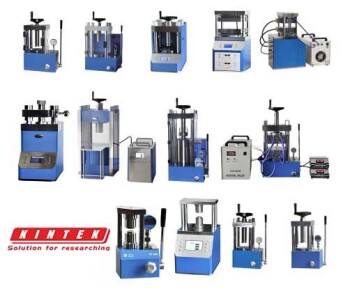
Comprehensive Guide to Hydraulic Hot Press: Function, Features and Applications
2 years agoHydraulic hot press is equipped with advanced electronic controls that allow for precise temperature selection and technical control. This enables the machine to automatically carry out processes such as stage temperature adjustment and film pressure control.
Learn More
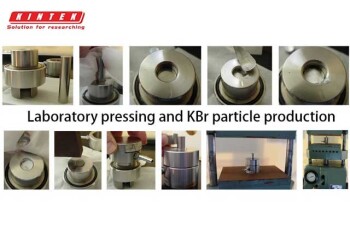
An In-Depth Guide on Laboratory Presses and KBr Pellets Production
2 years agoIn the world of scientific research and analysis, laboratory presses and KBr pellet production play a crucial role. These tools are essential in the preparation of samples for various analytical techniques, such as infrared spectroscopy and XRF spectroscopy.
Learn More
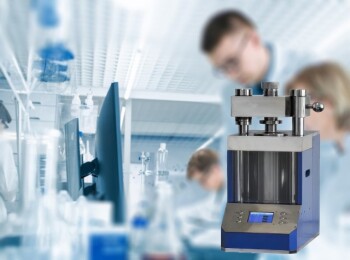
The Key Features of Lab Presses
2 years agoLaboratory presses are an essential tool for many scientific applications, including materials science, chemistry, and physics. They are used to create uniform and well-compacted samples for testing, and they can be used for a wide range of materials, including powders, pellets, and films.
Learn More
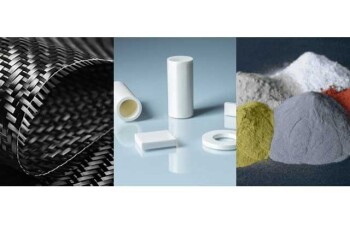
Comprehensive Guide to Vacuum Hot Press Furnace Application
2 years agoThe Vacuum Hot Press Furnace is a versatile tool especially suited for sintering experiments involving non-metallic materials, carbon composites, ceramic materials and metal powder materials.
Learn More
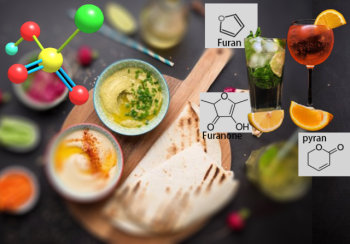
Elevating Flavor and Aroma Molecular Gastronomy with Rotavapor
2 years agoRotovap, short for rotary evaporator, is a laboratory equipment used for separating solvents from samples through the process of evaporation.
Learn More
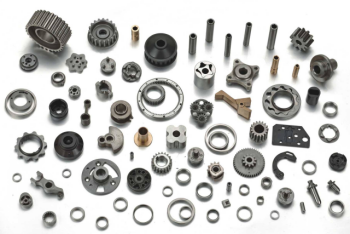
The Role of Isostatic Presses in Powder Metallurgy
2 years agoIsostatic pressing is a technique used in powder metallurgy to produce high-density components with uniform density and excellent mechanical properties. In this process, a powder material is placed into a flexible mold and subjected to high-pressure isostatic compression from all sides.
Learn More
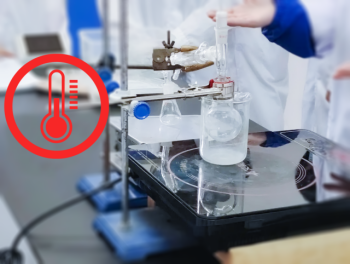
Don't Let Overheating Ruin Your Experiment Use a Chiller for Your Rotavap
2 years agoChillers are essential laboratory equipment used to maintain a constant temperature during experiments. They are especially important when using a rotary evaporator (rotavap) to prevent overheating.
Learn More

The Role of Powder Characteristics in Cold Isostatic Pressing
2 years agoCold Isostatic Pressing (CIP) is a powder compaction technique that involves applying uniform pressure to a powder-filled container from all directions.
Learn More

The Benefits of Using Isostatic Pressing in Manufacturing
2 years agosostatic pressing is a manufacturing process that involves applying uniform pressure to a material to achieve a specific shape or density. The process can be performed at room temperature (cold isostatic pressing or CIP) or at high temperatures (hot isostatic pressing or HIP).
Learn More

Understanding the Technical Aspects of Cold Isostatic Pressing
2 years agoCold isostatic pressing (CIP) is a technique used in the manufacturing industry to achieve high-density materials with uniform properties. It involves applying equal pressure from all directions to a powder compact, resulting in improved compaction compared to traditional cold pressing methods.
Learn More
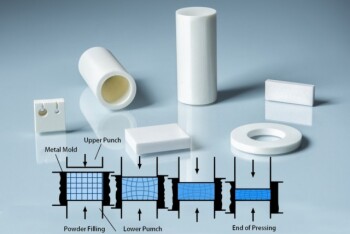
Understanding the Process and Benefits of Zirconia Ceramic Cold Isostatic Pressing
2 years agoCold Isostatic Pressing (CIP) is a fascinating process that offers numerous benefits in the field of ceramic manufacturing. CIP involves the use of a high-pressure pump to generate isotropic uniform pressure on a ceramic material. The resulting uniform pressure distribution leads to enhanced density and high strength of the final product.
Learn More
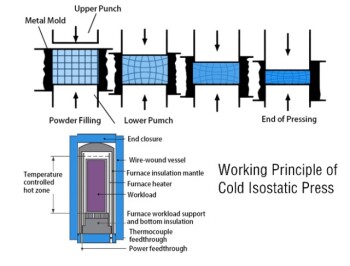
Cold Isostatic Pressing: Techniques and Applications
2 years agoCold Isostatic Pressing (CIP) is a powerful technique used in materials processing to enhance material properties. It involves subjecting a material to uniform pressure from all sides by immersing it in a high-pressure fluid medium and applying hydraulic pressure.
Learn More
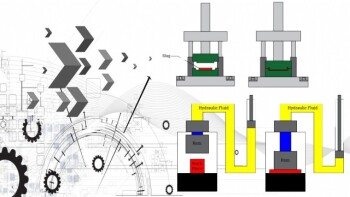
The Science Behind Hydraulic Presses and Their Applications
2 years agoHydraulic presses are machines that use hydraulic pressure to compress, mold, or shape a material. The basic concept of hydraulic presses is Pascal’s principle, which states that a pressure applied to an enclosed fluid is transmitted uniformly in all directions.
Learn More
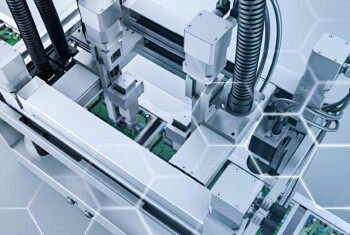
Cold Isostatic Pressing: An Overview and its Industrial Applications
2 years agoCold isostatic pressing (CIP) is a method of processing materials by using liquid pressure to compact powder. It is similar to metal mold processing and is based on Pascal's law.
Learn More

Discover The Benefits of Using A Rotary Evaporator
2 years agoRotary evaporators are essential laboratory equipment used in the process of separating solvents from samples. These devices work by evaporating the solvent from the sample under a reduced pressure and controlled temperature.
Learn More

Cold Isostatic Pressing (CIP): A Proven Process for High-Performance Parts Manufacturing
2 years agoCold isostatic pressing (CIP) is a proven process that stands out when it comes to high-performance part manufacturing. The technology offers a range of advantages, from achieving superior densities in ceramics to compressing materials as diverse as metals and graphite.
Learn More

Comparative Analysis of Hot Pressing and Cold Pressing in Metal Powders Processing
2 years agoHot pressing and cold pressing are two compaction methods in metal powder processing. Hot pressing involves combining discrete powder metallurgy stages into a single chamber where compaction and sintering occur simultaneously, cold pressing applies pressure without the use of heat.
Learn More

An In-depth Analysis of Hot Pressing Technology and Its Applications
2 years agoHot pressing is a high-pressure, low-strain-rate powder metallurgy process used to form powder or powder compact at high temperatures to induce sintering and creep processes. It involves the simultaneous application of heat and pressure to fabricate hard and brittle materials.
Learn More

The Ultimate Guide to Isostatic Pressing
2 years agoIsostatic pressing is a process that involves uniformly applying pressure to a material from all directions. This process is used to produce a range of materials, including ceramics, metals, and polymers.
Learn More